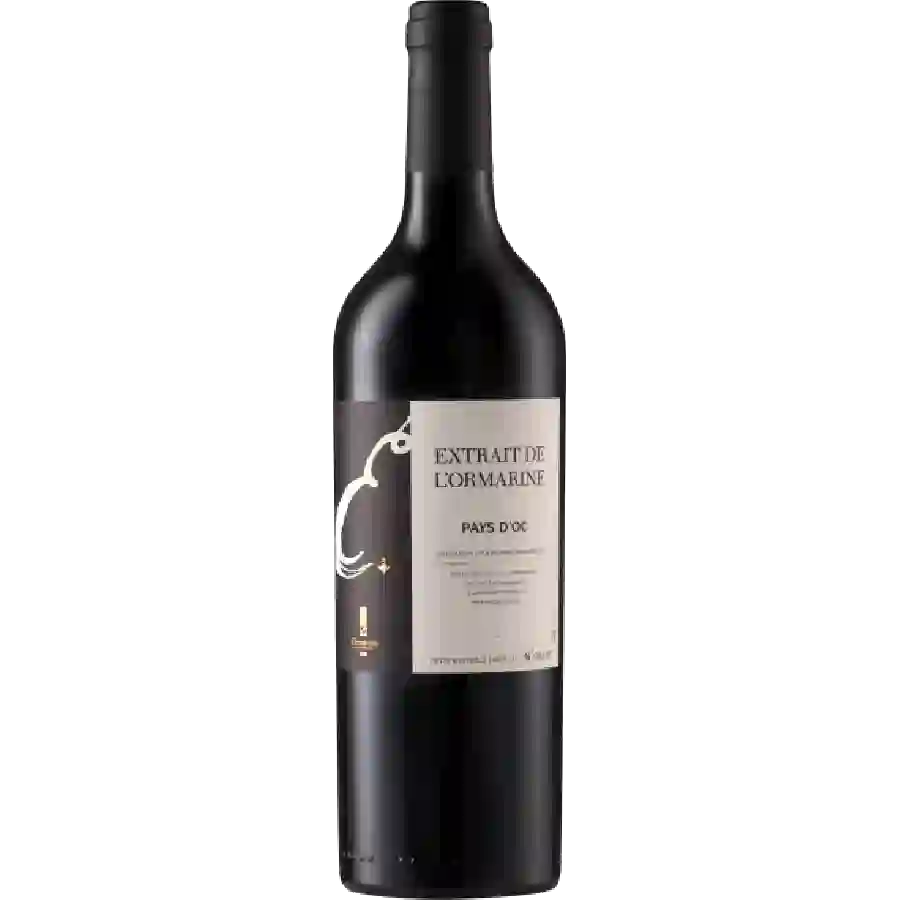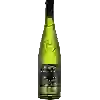
Cave de l'OrmarineCartagène de l'Ormarine
This wine generally goes well with
Details and technical informations about Cave de l'Ormarine's Cartagène de l'Ormarine.
Discover the grape variety: Jacquez
A natural French-American ternary hybrid that most certainly comes from an interspecific crossing between an unknown Vinifera with Vitis Aestivalis and Vitis Cinerea. The Jacquez was at the time the most multiplied in the World, present since always in the Portuguese island of Madeira. For a long time used as a direct producer, it was even used as a rootstock in the south of France, in the United States, in Mexico and in South Africa: some vines grafted on Jacquez still exist today. In France, it is one of the six hybrids prohibited since 1935 (included in European regulations): Clinton, Herbemont, Isabelle, Jacquez, Noah and Othello.
Informations about the Cave de l'Ormarine
The Cave de l'Ormarine is one of of the world's great estates. It offers 65 wines for sale in the of Languedoc to come and discover on site or to buy online.
The wine region of Languedoc
Languedoc (formerly Coteaux du Languedoc) is a key appellation used in the Languedoc-Roussillon wine region of southern France. It covers Dry table wines of all three colors (red, white and rosé) from the entire region, but leaves Sweet and Sparkling wines to other more specialized appellations. About 75% of all Languedoc wines are red, with the remaining 25% split roughly down the middle between whites and rosés. The appellation covers most of the Languedoc region and almost a third of all the vineyards in France.
The wine region of Languedoc-Roussillon
Languedoc (formerly Coteaux du Languedoc) is a key appellation used in the Languedoc-Roussillon wine region of southern France. It covers Dry table wines of all three colors (red, white and rosé) from the entire region, but leaves Sweet and Sparkling wines to other more specialized appellations. About 75% of all Languedoc wines are red, with the remaining 25% split roughly down the middle between whites and rosés. The appellation covers most of the Languedoc region and almost a third of all the vineyards in France.
The word of the wine: Thinning
Also known as green harvesting, the practice of removing excess bunches of grapes from certain vines, usually in July, but sometimes later. This is often necessary, but not always a good thing, as the remaining bunches often gain weight.











